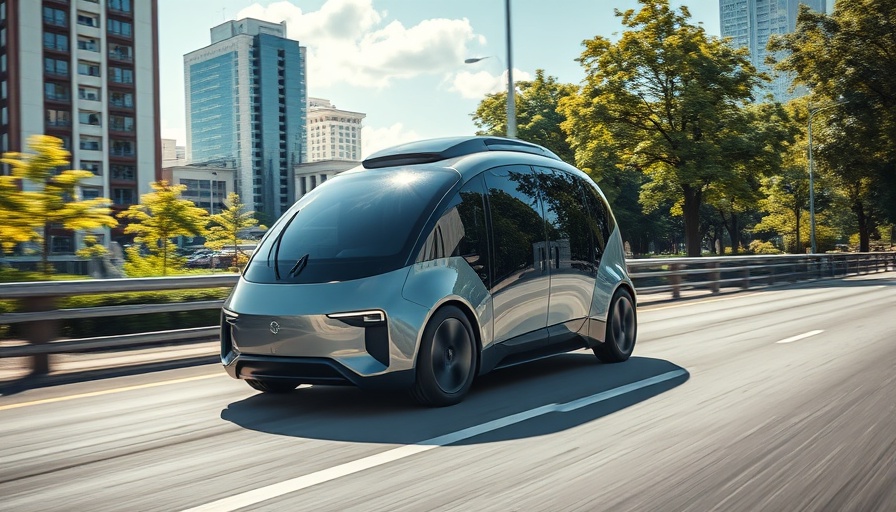
Tesla's Unveiling of Autonomous Delivery: A Game Changer?
In a bold demonstration of its self-driving capabilities, Tesla recently achieved a significant milestone by sending a driverless Model Y from its factory in Austin, Texas, directly to its new owner. This not only highlights Tesla’s advancements in autonomous vehicle technology but also signals the company’s intent to innovate within the emerging robotaxi market. CEO Elon Musk is touting this as the first-ever "autonomous delivery," showcasing their proprietary software meant for robotaxi applications.
The Implications of Tesla's Autonomous Delivery
This event unfolds during a pivotal time for Tesla, which is anticipated to report sobering second-quarter figures later this month. Following a 2024 sales slump and public controversies, the company leveraged this publicity stunt to reignite interest. Musk’s announcement about the successful delivery drove a brief spike in Tesla’s stock price, drawing attention to the ongoing saga of public perception amid financial challenges.
How It All Went Down: Complex Traffic Scenarios
The Model Y embarked on a 15-mile journey that included navigating intricate scenarios such as merging on highways, executing right turns, and traversing roundabouts. To many observers, including enthusiastic former residents of South Austin, this ability is reminiscent of significant advancements in autonomous driving that were merely aspirational a few years ago. Seeing a vehicle maneuver smoothly through these challenges is a testament to Tesla’s ongoing commitment to refining its technology.
Comparative Analysis: Who Else is Leading in Autonomous Technologies?
While Tesla pushes boundaries, it's crucial to recognize other players in the field, such as Waymo and Zoox, who have also achieved milestones in autonomous driving. Waymo’s vehicles successfully operate on highways in major cities, while Zoox has demonstrated capabilities in navigating complicated urban environments. This burgeoning competition raises questions about the validity and safety of autonomous services, as various companies experiment with their approaches.
The Road Ahead: Future Technologies and Industry Evolution
As autonomous vehicle technologies evolve, they will significantly influence the future of transportation. With each step, including Tesla's latest stunt, we draw closer to a future where robotics and AI seamlessly integrate into our daily lives. Continued advancements in AI technology and machine learning tools are paving the way for innovations in automation, productivity, and efficiency—a trend echoed across industries from health tech to manufacturing.
Conclusion: Why This Matters to You
For tech enthusiasts and everyday users alike, understanding these developments is essential. As future technologies reshape industries and alter the fabric of modern life, staying informed allows consumers to make smarter decisions and embrace the next big tech trends. The emergence of robotics and AI-powered technologies promises efficiency, innovation, and potentially transformative experiences that go beyond mere convenience—signifying a revolution in the way we perceive personal and professional interactions.
 Add Row
Add Row  Add
Add 




Write A Comment